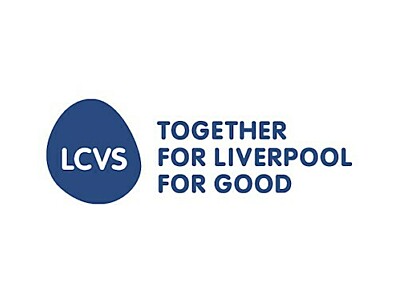This project explored our historic building’s origins and their echoes in Liverpool today. It examined how continuing legacies from the building's original purpose as a charity school connects to the lives of young people in the city.


The project was split into two strands, the first focused on ‘Colonial Legacies’. Its starting point was the building’s connections to the sea, through the Liverpool merchants who supported the school using profits derived from trade with Africa and the British colonies. This includes the transatlantic slave trade and goods enabled by slavery, such as cotton, sugar and tobacco, which contributed to the charity school’s fortunes.
We worked with with young people from the Greenhouse Project in Toxteth to explore some of the stories of the building including colonialism and the empire, slavery, migration, diaspora, independence, race and identity through discussions, creative activities and research. The project ended with a public programme of talks, performances, displays and other activities devised by the young people. Find out more about that below.
The second part of the Echoes and Origins project focused on ‘Looked After Children’, using the Bluecoat’s original philanthropic purpose as an educational institution set up to help the town’s poor and destitute children.
Colonial Legacies
Colonial Legacies focused on the origins of the Bluecoat building and its connections to the transatlantic slave trade, and goods enabled by slavery such as cotton, sugary and tobacco which contributed to the charity school’s fortune.
The project sought to develop anti-racist leaders in the arts, working with 14-18 year olds in Liverpool.
Looked After Children
This strand of the project wanted to commemorate the lives of the children who were students in the Bluecoat building when it was used as a residential school for destitute children.






